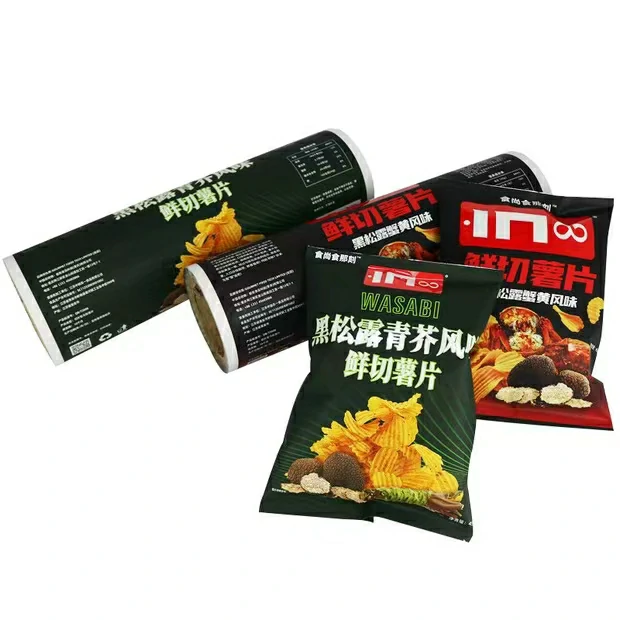The nutritional content of a food product is typically found on the product label rather than the plastic packaging itself. The plastic packaging, such as food packaging plastic bags, is primarily designed to protect the food, maintain its freshness, and provide information about the product. It’s the information on the product label that addresses specific dietary requirements.
Here’s how the nutritional content on the packaging label can address dietary needs:
- Nutrient Information:
- Food packaging plastic bags often include a nutrition facts panel that provides details about the nutrient content of the food. This information includes the amount of macronutrients (such as fats, carbohydrates, and proteins), micronutrients (vitamins and minerals), and other relevant nutritional components.
- Caloric Information:
- The caloric content per serving is usually listed on the nutrition facts panel. This information is crucial for individuals monitoring their calorie intake, whether for weight management or specific dietary requirements.
- Dietary Fiber:
- The amount of dietary fiber in the food is often included in the nutrition facts. Dietary fiber is essential for digestive health, and individuals with specific dietary requirements, such as those following a high-fiber diet, can use this information to make informed choices.
- Allergen Information:
- Packaging labels also provide information about potential allergens present in the food product. This is crucial for individuals with food allergies or specific dietary restrictions, allowing them to avoid ingredients that may be harmful to their health.
- Serving Size:
- The serving size information helps consumers understand how much of the food constitutes a single serving. food packaging plastic bags This is important for accurate nutrient intake calculations and aligning with specific dietary requirements.
- Percent Daily Values (%DV):
- The %DV on the nutrition facts panel indicates the proportion of daily recommended nutrient intake provided by one serving of the food. Individuals with specific dietary needs can use this information to gauge the nutritional adequacy of the product.
- Special Dietary Claims:
- Some food packaging may include specific claims related to dietary requirements, such as “low sodium,” “gluten-free,” or “high in protein.” These claims are regulated and provide clear information for individuals with specific dietary needs.
- Nutritional Support for Medical Conditions:
- Certain food products are designed to address specific dietary needs related to medical conditions. The packaging may include information on suitability for conditions like diabetes, heart health, or other medical requirements.
It’s important to note that while the plastic packaging itself does not contribute to the nutritional content, the information provided on the packaging label plays a crucial role in helping consumers make informed choices based on their specific dietary requirements and health goals. Individuals with specific dietary needs should carefully read and understand the nutritional information on food packaging to ensure the products align with their dietary goals and restrictions.
